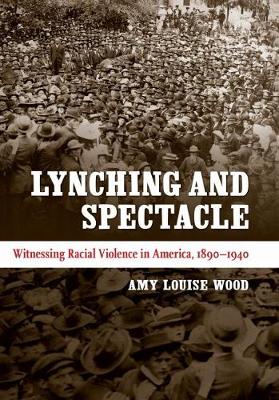New Directions in Southern Studies
1 total work
This title presents public reinforcement of white supremacy. Lynch mobs in late nineteenth- and early twentieth-century America often exacted horrifying public torture and mutilation on their victims. In "Lynching and Spectacle", Amy Wood explains what it meant for white Americans to perform and witness these sadistic spectacles and what they derived from them. Lynching, Wood argues, overlapped with a wide range of cultural practices and performances, both traditional and modern, including public executions, religious rituals, photography, and cinema. The connections between lynching and these practices encouraged the horrific violence committed and gave it social acceptability.Wood expounds on the critical role lynching spectacles played in establishing and affirming white supremacy at the turn of the century, particularly in towns and cities experiencing great social instability and change. She also shows how the national dissemination of lynching images fueled the momentum of the anti lynching movement and ultimately led to the decline of lynching.
By examining lynching spectacles alongside both traditional and modern practices and within both local and national contexts, Wood reconfigures our understanding of lynching's relationship to modern life.
By examining lynching spectacles alongside both traditional and modern practices and within both local and national contexts, Wood reconfigures our understanding of lynching's relationship to modern life.
